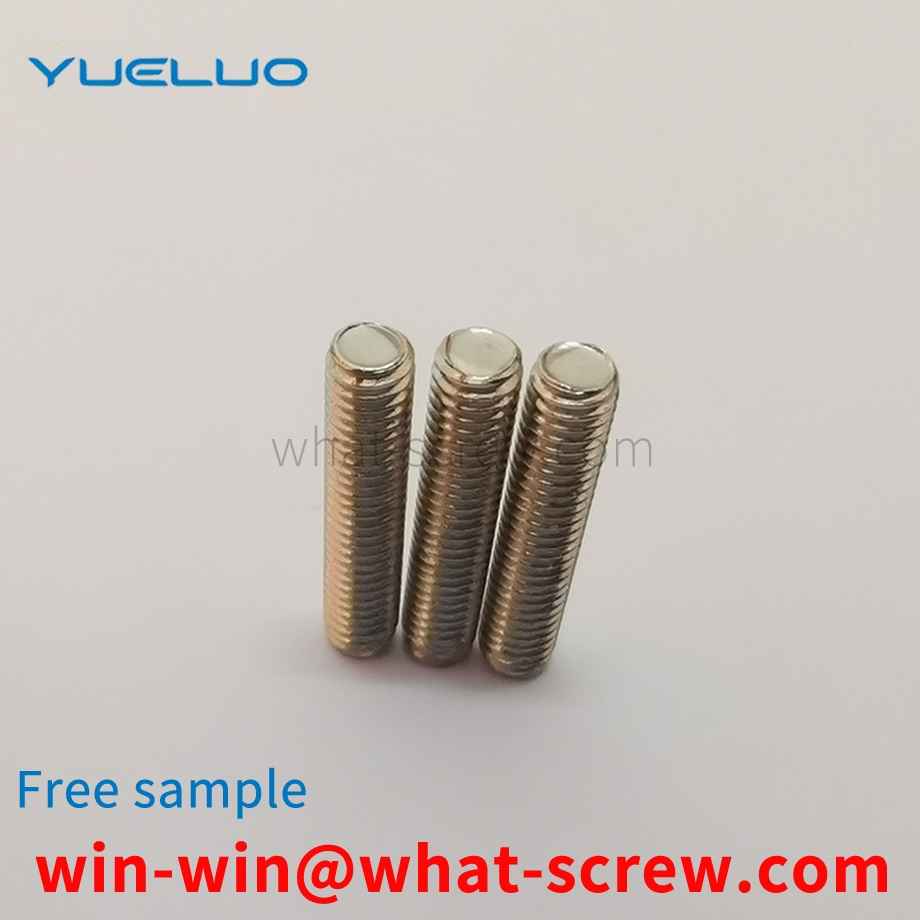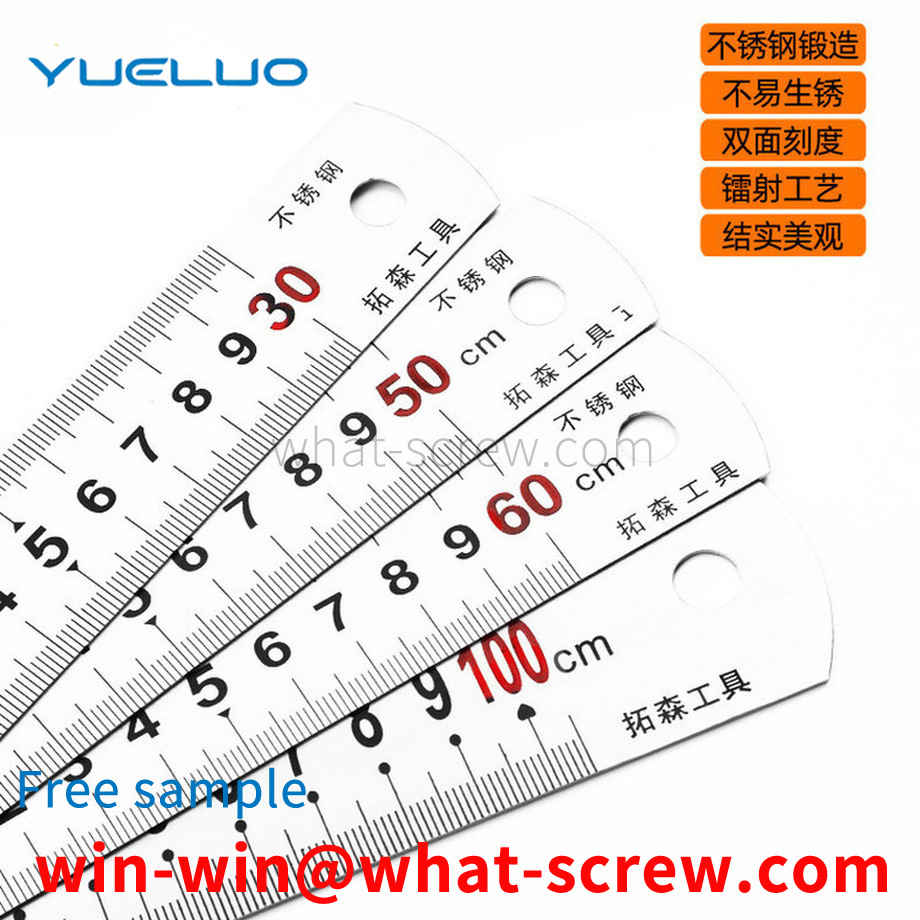The main part of the pin screw is an ordinary screw, and the pin can be arranged in the melting section of the screw or the drop groove of the metering section or the smooth cylindrical surface without screw grooves at the end of the metering section. The pins are arranged in a certain arrangement, with varying degrees of density and quantity. Cylindrical pins are formed by fitting the pins into the holes of the threaded rod; square or diamond-shaped pins are formed by milling directly on the threaded rod. If these pins are set in the melting zone, the pins can break up the solid bed, destroy the two-phase flow, stir the solid and liquid phases together, increase the contact area between the undissolved solid phase fragments and the contained material, and promote molten. If the pin is set in the melt conveying area, its main function is to divide the material flow, increase the interface, change the direction of the material flow, and rearrange the flow beam. Divide and merge multiple times, change the flow direction, and homogenize the melt composition and temperature. The mixing section is an inwardly slotted structure arranged at the end of the common screw homogenizing section, and its outer diameter is equal to the outer diameter of the screw. The grooves are divided into several groups, and each group is the confluence area of the material. The materials are divided by grooves, meet in the confluence area, and then divide and confluence. The principle is similar to the pin type. The characteristic of the separate screw is that in addition to the original screw thread (called the main screw) on the melting section, there is also an additional thread (called an additional thread) whose outer diameter is slightly smaller than the outer diameter of the main thread, and the main and auxiliary threads are With different leads, the secondary thread starts from the end of the feeding section (and connects with the feeding section here), and after several threads, gradually intersects the main thread of the homogenizing section. The screw groove depth and thread lead of this kind of screw change gradually from the beginning of the feeding section to the end of the homogenization, that is, the thread lead gradually narrows from the width, and the groove depth gradually becomes shallower from the depth, which can maximize the compression of the material.
In the existing joint replacement, self-tapping screws are mostly used, and their triangular thread structure has a certain self-locking ability. After a long period of service, it is prone to loosening. The surrounding bone may not be tight enough after implantation, resulting in a sharp decline in its self-locking ability, and there may be a risk of regression, causing certain damage to the human body.
The combination screw includes a head, a threaded section and a flanging section, the flanging section is arranged below the threaded section, and the flanging section and the threaded section pass through the mounting holes on the fittings, so that the combination screw and the fittings are rotatably connected, so After the flanging section passes through the fitting, the bottom of the flanging section is riveted and pressed so that the bottom of the flanging section is turned outward, so that the combined screw cannot be separated from the fitting.
Friction type high-strength bolts: suitable for beam and column connections of steel frame structures, solid web beam connections, heavy-duty crane beam connections in industrial plants, braking systems and important structures bearing dynamic loads. Pressure-bearing high-strength bolts: Can be used for shear connections in statically loaded structures that allow a small amount of sliding or in members that are indirectly loaded with dynamic loads. Tensile high-strength bolts: When the bolts are in tension, the fatigue strength is low. Under the action of dynamic load, its bearing capacity is not easy to exceed 0.6P (P is the allowable axial force of the bolt). Therefore, it is only suitable for use under static load. Such as flange butt joints, T-joints, etc. of pressure members.
Fan rivets are specially designed for manual installation. They can be pulled in through the holes of the panel or the bottom frame. They are made of elastomer material with good toughness and can be installed quickly even in interference assembly. The design is clever and has elastic function. It is not easy to slide out after being pulled in with the corresponding aperture. The fan rivets are mainly used in the fixing of electronic computer case fans, heat sinks and chips, with anti-vibration and noise reduction.
We have many years of experience in the production and sales of screws, nuts, flat washers, etc. The main products are: butt screws 304 double-strand pull rivets, 4mm blind hole rivet nuts, colored zinc spring washers, copper studs and copper posts and other products. We can provide you with the right fastener solution for you.



















 Service Hotline
Service Hotline




